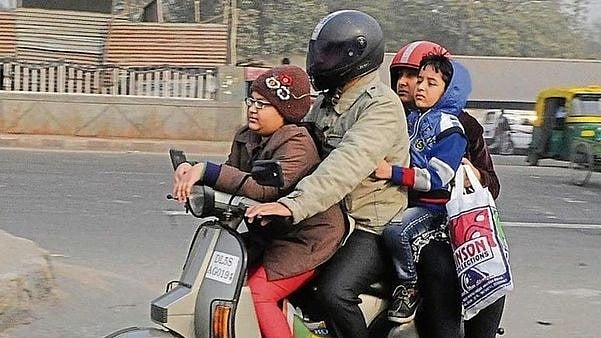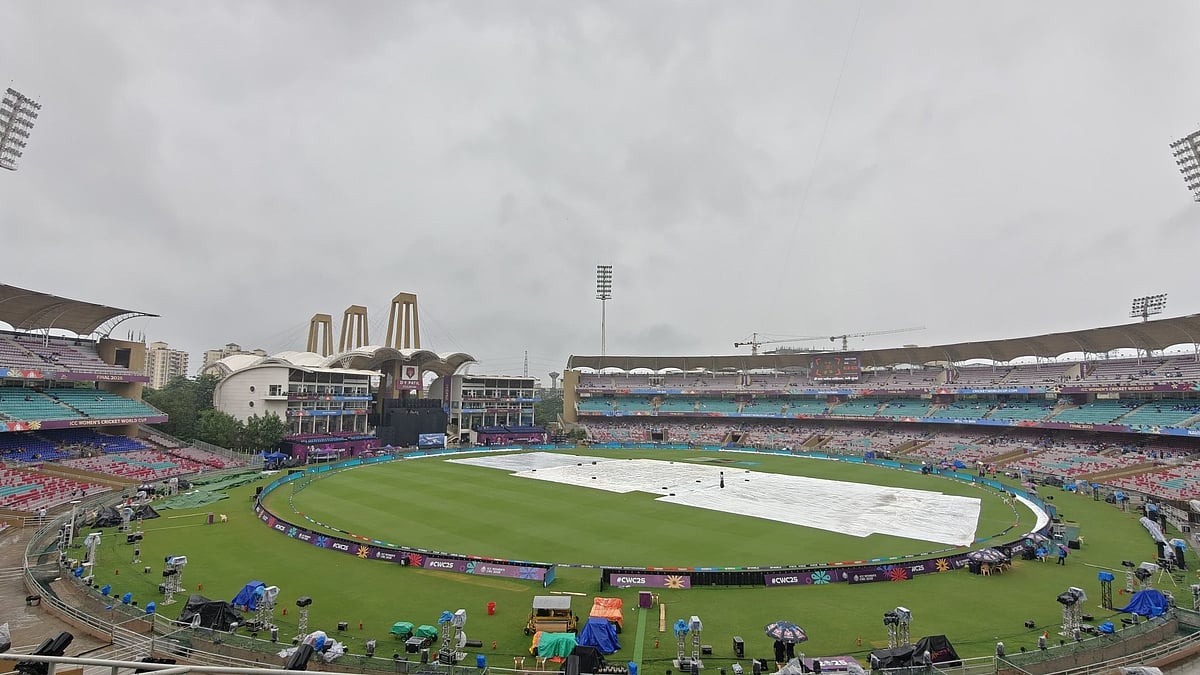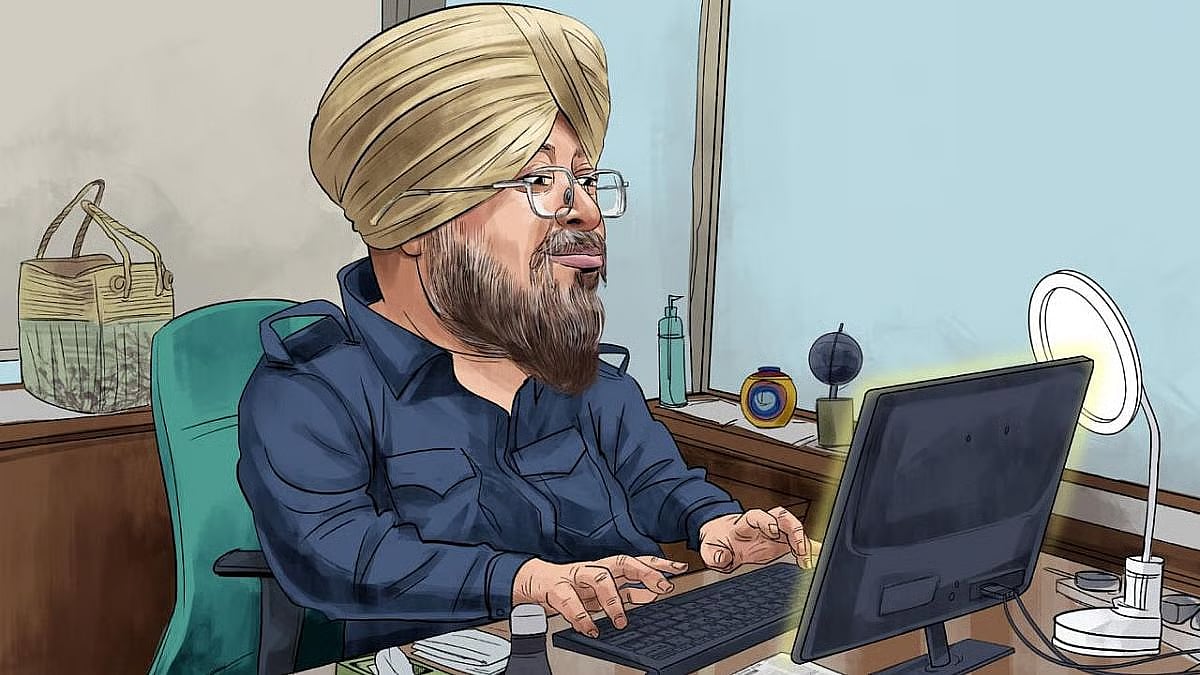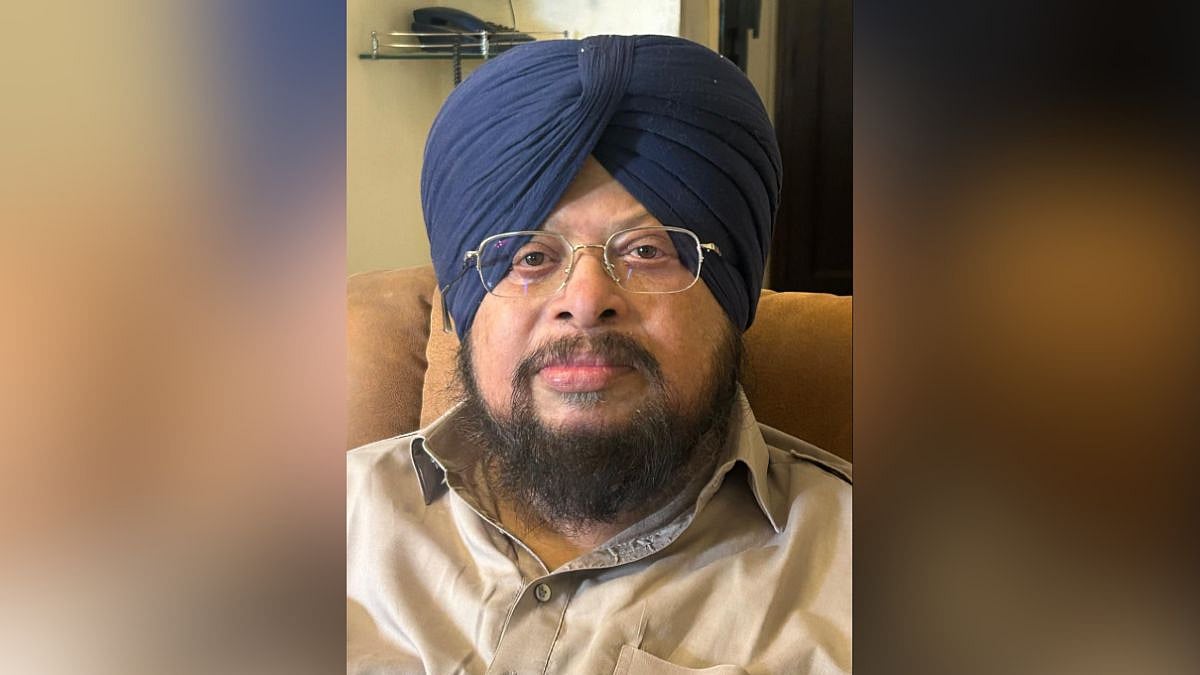The Indian middle class is placed at 30 to 45 crores, depending on the yardstick that one uses. It was reduced by almost 7.5 crores in the last one year, if one to go by the Pew Research report, which said this many had slipped back into poverty. Often touted as India’s biggest asset in terms of its skills and propensity to consume, it is now in a shambles, hit from all sides.
The steep increase in fuel prices and spiralling food inflation have burnt deep holes in working class pockets. Considering that these two constitute a high percentage of expenses, one can imagine the salaried person’s plight. There is no effort by the government to mitigate this problem, as authorities believe that the middle class is too disorganised to protest.
Making matters worse is the employment situation which has led to lacs of white-collared retrenchments and redundancies. Nothing can be more tragic than to see a middle-aged salaried person with two school-going kids coming home after losing his job. But this is happening every day all over India. Even when people are retained, we are seeing pay cuts, as companies battle with the effects of the pandemic.
Greek tragedy
The third aspect of this macabre drama, which has the touch of a Greek tragedy, is the RBI’s strong stance on not asking banks to pay decent interest on savings. While consumer inflation is at six per cent on one side, on the other side, we have interest rates less than inflation. Even the government has cut down the rates of interest it pays on its savings schemes. The RBI gives the absurd argument that it needs to keep rates low for industry to invest but the reason why private sector is not investing is not interest rates but for fear of losing money. Hemmed in from all sides by spiralling prices, lower incomes and lower returns on savings, the hapless middle class presents a sorry spectacle.
RBI data shows that consumer confidence that matters will improve in the next 12 months is very low. Furthermore, data also shows that household savings as a percentage of GDP has fallen drastically last few months. While these are bad enough the most worrying aspect is the sharp increase in household debt. People who lose jobs or those who find that rising prices is making it difficult to meet both ends meet are resorting to personal borrowings. Such borrowing is being done at interest rates of 24 to 36 per cent annum, from fintech companies which have spawned all over to take advantage of this situation. So increasingly, the middle class in the last one year plunged into high cost debt to keep afloat.
Seniors suffer
While the entire middle class is under some sort of pressure, the plight of senior citizens is pathetic. In an open letter to the PM recently, a senior citizen wrote: “I am a senior citizen and in 2012 had deposited Rs 20 lacs in a nationalised bank for 5 years. I was getting Rs 17,676 every month and was able to live a worry-free life financially. On maturity date, the bank reinvested the amount and I am now getting only Rs 10,416 interest; ie Rs 7,260 less every month. During this period, items of daily use like flour, pulses, edible oils, onion, tomato have more than doubled. After assuming power in 2014, nothing has been done and no facilities provided for senior citizens by this government. But what existed in 2014 was also withdrawn.” Our senior citizens, who have worked hard for 30 to 40 years, deserve a worry-free retired life of dignity.
During this entire period, the government has neither shown concern or compassion for the middle class. While netas wax eloquent on what has been done for the farmer and are engaged with business tycoons working out ‘bailout packages’, they turn a Nelson’s eye to the middle class. The farmer in his tractor and the tycoon in his Audi are more important than the salaried person on a scooter. The latter is the fall guy who pays all the taxes on which the government functions. They are the goose that lays the golden eggs but the parable tells us what happened when the goose was killed. The middle class in India ‘are the children of a lesser God’.
Floating measures
Remedial measures are called for on an urgent basis, so that the middle class can float, and not drown. Firstly, there should be an immediate stop to spiralling fuel prices, which have been increased 58 times in the last three months, by reducing the usurious taxes. Prices of edible oils, vegetable and grain should be brought under check so that food inflation, which is stubbornly high can be tamed.
On the monetary side, interest rates on bank deposits should be increased by one per cent and those managed by the government by two per cent. The quantum of funds which can be invested in senior citizen schemes should be doubled to Rs 30 lacs. In the case of persons retiring from service, a scheme should be devised so that the entire retirement savings from PF and gratuity can be invested in a government bond paying decent interest - 9 per cent. Tax exemption on interest received from banks/government schemes should be increased to Rs one lac. Except for the reduction of tax on fuel, these measures will not cost the exchequer much and will bring down the hardship of the middle class.
The government should stop thinking of the middle class as a mass of tax-paying ATMs or goods-consuming robots but instead, view them as human beings with hearts and stomachs.
The writer is an investment banker and political commentator. His Twitter account is @pnvijay









